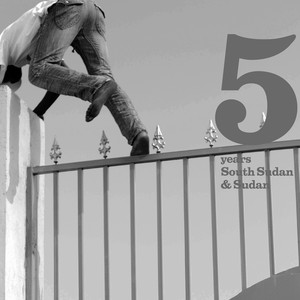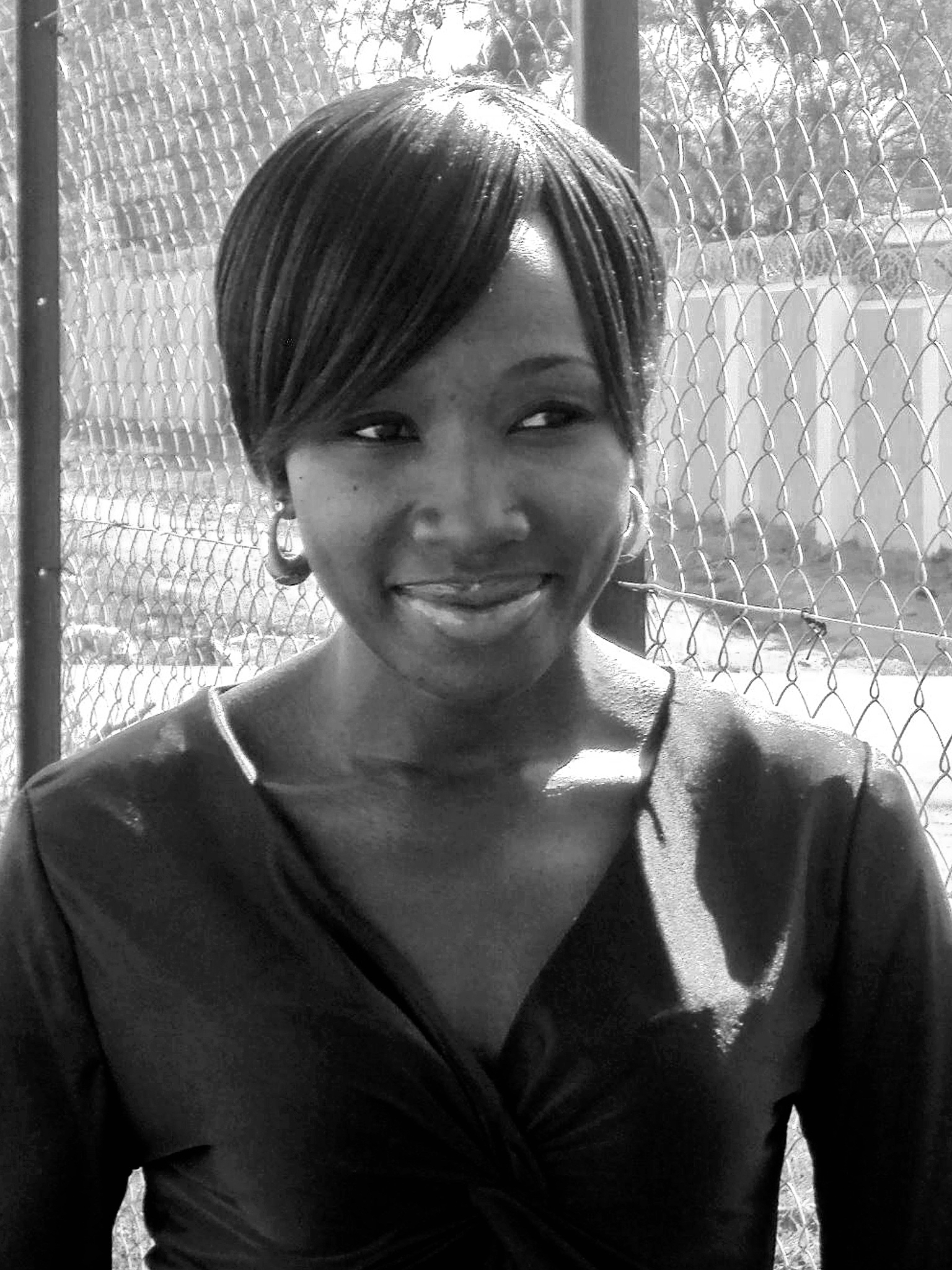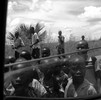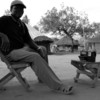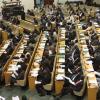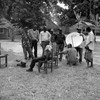Five South Sudanese conflicts that threaten peace
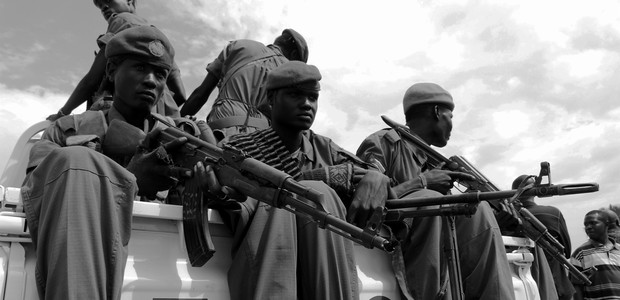
Before independence in 2011, South Sudan was surrounded by several rebel groups which threatened its first steps towards secession. After independence, some of the region’s rebel movements struck deals with the government but several remained defiant.
During its first five years as a separate nation, South Sudan has continued to struggle with several rebel attacks and, in 2013, descended into full-blown civil war. Despite a peace deal, conflicts still rage in many places.
The cycle of violence is partly due the flood of weapons left behind after decades of strife and war. Tensions have also grown out of a void caused by scant central government, security, development and justice.
Here are five major conflicts which have cast the longest shadow on South Sudan’s recent years and which continue to keep peace at arms’ length.
1. The Jonglei ethnic clashes
Violence in Jonglei stirred just one month after South Sudan achieved independence, with 600 people killed. By January 2012, South Sudan sounded a warning about violence in the populous eastern state after some 100,000 people fled clashed between rival ethnic groups.
Jonglei remains a volatile time bomb, with increased violence likely among its heavily armed communities. Rival groups in Jonglei have a long history of raiding each another’s cattle, and are quick to arm themselves to defend against such raids.
Although the government carried out several disarmament exercises in the state, weapons are still widespread. This dates back to the civil war of 1983-2005 when the Nuer tribe fought as the White Army, a local militarised defence unit set up to protect cattle and property. Fully disarming communities which are used to relying on weapons has proved difficult.
You have come to a dangerous country you must have this gun.
Meanwhile, many of these fighters are currently SPLA soldiers and therefore protect their weapons whenever a disarmament exercise is carried out. In recent years, an underground culture has emerged, whereby older South Sudanese hand down guns to younger family members to ensure their protection.
“I got my first gun from my uncle. I was back from Uganda after the war had ended. He called me before we went to bed and said ‘my son, you have come to a dangerous country you must have this gun, but make sure you use it well’,” said Bongiri Jhon, a student.
Fear and anxiety in Jonglei has risen sharply during the 2013 civil war, which heavily affected the state, making locals even less likely to part with their weapons.
The 2011 ethnic clashes ended when the government deployed SPLA troops and the United Nations sent 1,100 peacekeepers to new permanent bases in the troubled area. But, to this day, some communities continue to raid each other and Jonglei remains a hotspot.
2. Rebel attacks on Mayom town
The South Sudan Liberation army (SSLA), an armed rebel group that operates in the Greater Upper Nile area, is another major threat to peace in South Sudan. The SSLA’s biggest attack, when rebels targeted Mayom town, killing 75 people, happened in the same year that South Sudan finally gained independence.
The group has outlined its vision to fight against corruption, underdevelopment and the domination of the Sudan People’s Liberation Movement, South Sudan’s ruling party, as well as the predominant role of the Dinka ethnic group in most government offices.
During the 2011 attack Deputy Head of SSLM/A Bapiny Monytuil said its rebel troops planned to move to other states once Unity State is fully controlled. However, his rebel group was later defeated by the SPLA and driven out of Unity State into Sudan.
In April 2013 the South Sudanese government granted an amnesty to SSLA fighters and reported that 3,000 rebels had taken up the offer, crossing the border from Sudan with around 100 armed vehicles. President Salva Kiir issued a pardon to all SSLA fighters who handed their weapons over to security forces.
But the violence entered a new chapter following the 2013 civil war when many former SSLA troops who had been assimilated into the larger SPLA switched allegiances, instead linking up with rebel factions loyal to Riek Machar.
Other former SSLA members have remained silent and their whereabout is unknown. It is possible that the SSLA resurfaces as a serious threat to peace in South Sudan.
3. The Abyei conflict
Abyei’s rich oil reserves at the border between the Sudans have long made the area a hub of violence as the two countries struggle for control of the valuable fields, especially Heglig. Its border location has also led to conflicting ethnic, cultural, and linguistic claims between the two major groups, the Ngok Dinka and the Misseriya nomadic herders, who hail from northern Sudan and move with their animals according to the season.
In the lead-up to South Sudan’s independence, all eyes were trained on Abyei, amid fears that disputes over its status would spark a return to war. In May 2011, two months ahead of South Sudan’s independence day, these fears turned into reality when a Sudan-backed militia and the Sudan Armed Forces (SAF) troops invaded the Abyei area, destroying civilian property and displacing an estimated 110,000 Ngok Dinka from their traditional homeland. The Sudanese forces won control over the area but peace talks between the two countries ensued to resolve the conflict.
These negotiations collapsed in January 2012 amid disagreement over how oil revenues should be shared between Sudan and South Sudan. That spat led South Sudan to halt oil production, prompting it to halve public spending on most services and leaving its citizens with serious hardships. In early January 2013, Sudanese President Omar al-Bashir and South Sudanese President Salva Kiir met but failed to reach a final agreement on the future of Abyei.
In October 2013, Abyei residents voted overwhelmingly to join South Sudan during an unofficial referendum which was not generally recognised. Sudan swiftly rejected the proposal, saying that local government institutions must be established before any vote can take place. They also argued that the unilateral ballot ignored the eligibility of the nomadic Misseriya tribesmen, a group who would likely vote to be part of Sudan.
The topic remains highly loaded. For instance, sacked Foreign Affairs Minister, Barnaba Benjamin Marial came under attack recently after he referred to people from Abyei as “Sudanese”, in a letter to the United Nations human rights body, according to the Sudan Tribune newspaper.
Many of the refugees who fled the 2011 violence are now returning to their former home but Abyei’s final status is still unclear, meaning it is likely to remain a tinder box for the foreseeable future.
4. The 2013 civil war
South Sudan was born amid great challenges. Secession from Sudan marked a major milestone and a fresh opportunity. But massive state-corroding corruption, political instability within the ruling party, the Sudan People’s Liberation Movement, and persistent tensions with Sudan over oil revenues left South Sudan deeply vulnerable to renewed conflict.
Tensions came to a head in 2013. First, President Salva Kiir, who hails from the Dinka ethnic group, dismissed the then Vice President Riek Machar, from the Nuer group, and the rest of his cabinet in November 2013. The dismissal followed Kiir’s decision to replace members of the army and government following rumours of a possible coup.
Tensions peaked when Kiir accused Machar of plotting a coup in December 2013. The accusations sparked a wave of aggression in the country, where factions loyal to either Kiir or Machar created a spiralling cycle of violence. The clashes began to spread, with militia groups carrying out attacks in villages and areas known to be inhabited by either Dinka or Nuer. Despite the peace deal inked August 2015, violence continues in many regions.
5. Threats from defiant SPLM-IO generals
Commanders that broke off from rebel leader Riek Machar earlier last year remain another looming threat. The defected generals, including Peter Gadet, Gathoth Gatkuoth and Gabriel Changson Chang, were high ranking rebel commanders in the SPLM/A-IO. They denounced Riek Machar as their leader, claiming that Machar wasn’t fighting for peace but rather for his own position in the government.
Despite the 2015 peace deal signed in Ethiopia, the commanders said they will go ahead with plans to form a new movement that intends to remove both Kiir and Machar from government.
